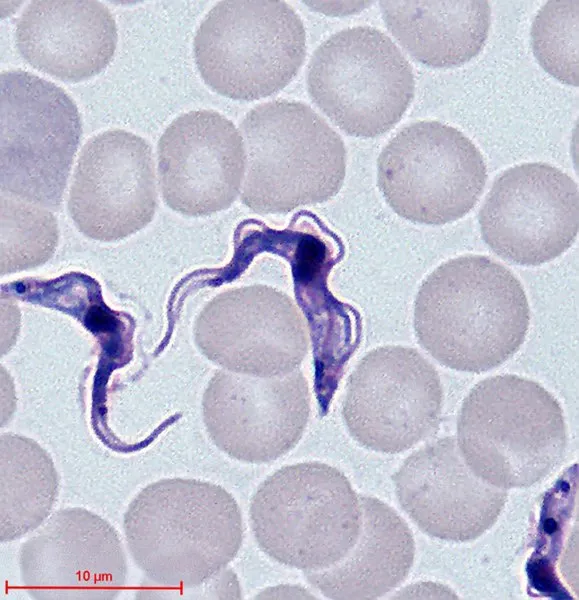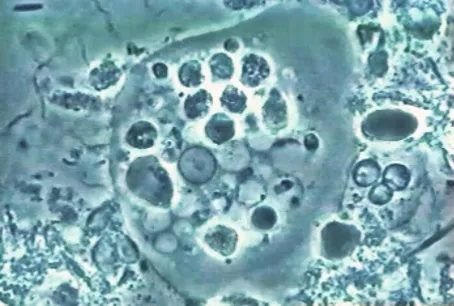In this entry I want to describe theoretical information about medicinal plant species with some kind of antiparasitic effect on us humans, I will also outline an order of plant utility according to whether we can use leaves, seeds, bark, roots, among other vegetative and reproductive structures.



▶ The use of plant extracts to control endoparasites has a millenary origin, and despite the advances in the pharmacological sector, over time we have incorporated the use of plant species with antiparasitic action to our modern behaviors.

▶ Credits: Mark Bonner – [Image of Public Domain]
≕ I invite you to stay tuned and read my next contribution ≔
In this regard, and based on all the available information, it is worth mentioning that the most widely used plant species by our grandparents is the Paico or Chenopodium ambrosidiosis, whose antiparasitic action is supported by numerous scientific studies.
In addition to Paico, there is currently an interest in revaluing the resources of traditional medicine with antiparasitic action, hence, among other natural antiparasitic alternatives of equal efficiency are the use of garlic bulbs and leaves, seeds of lechosa or papaya, and infusions based on artemisia.

Many people do not give due attention to the attack of parasites to our body, this because there are no mortality levels to regret, however, the consequences of ignorance can affect the infant, so it is vital that parents know these natural alternatives.
Dealing with children with parasites is one of the most recurrent problems in the world, because endoparasites are transmitted when we drink unsafe water, consume contaminated food, or meat from animals susceptible to parasite attack, hence, going to nature and using the species mentioned above will rid our bodies of these parasites.